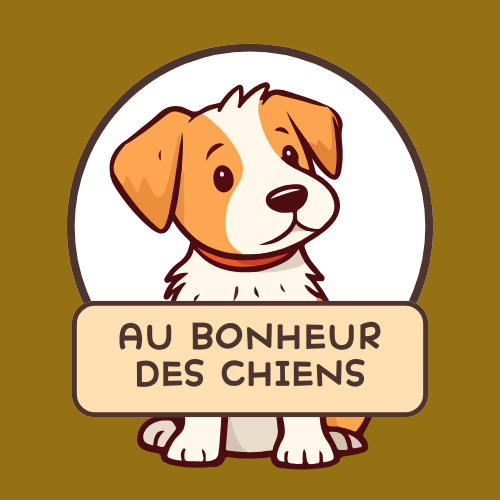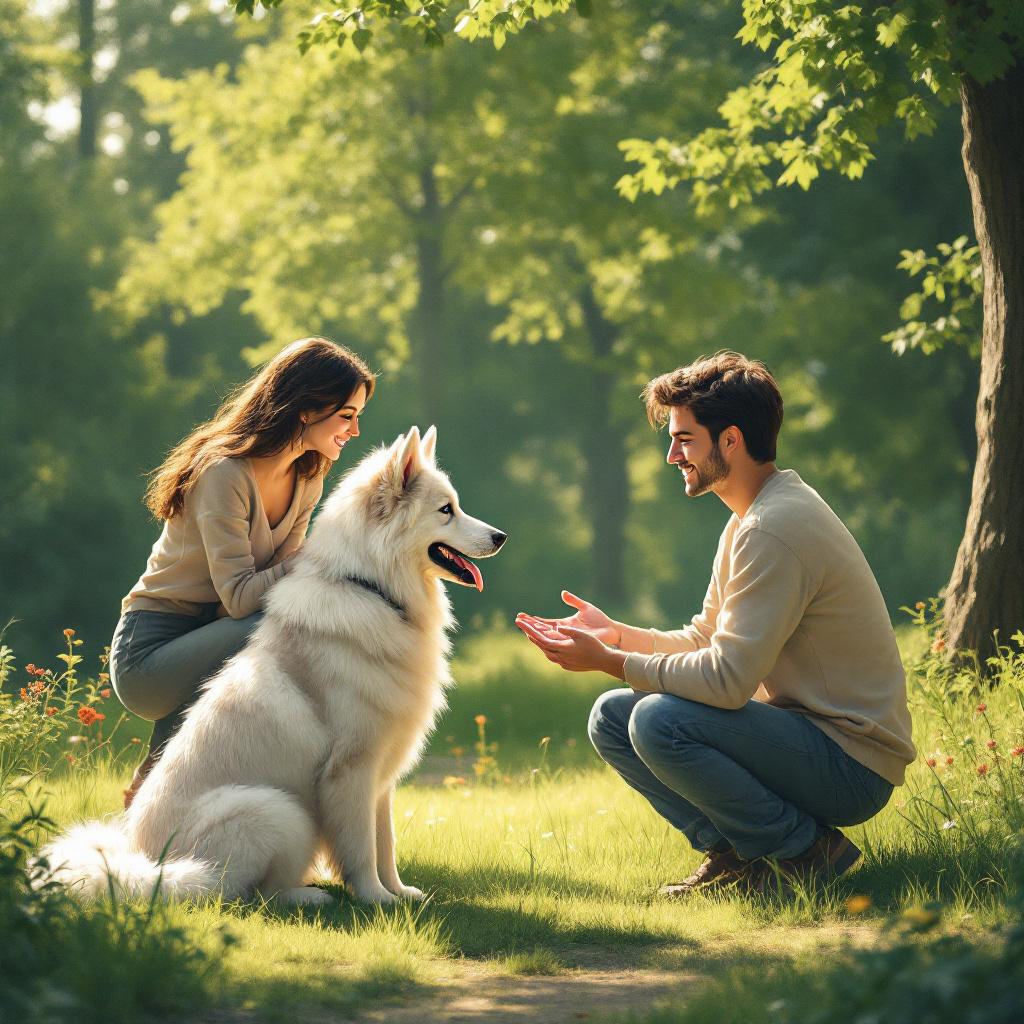| Points clés | Détails à retenir |
|---|---|
| 🐕 Definition | Swiss Shepherd is a versatile herding breed known for intelligence and loyalty. |
| 🎯 Main Benefit | Obedience improves safety and deepens the owner-dog relationship. |
| ⚙️ Key Methods | Positive reinforcement and structure guide consistent learning. |
| 🛠 Tools | Clickers, treats and engaging toys aid focus. |
| ⏱ Consistency | Daily practice fosters lasting habits. |
| 🏆 Rewards | Praise and high-value treats fuel motivation. |
Here are 10 practical tips to guide your Swiss Shepherd toward reliable obedience and a well-balanced temperament. Each approach taps into the breed’s intelligence and eagerness to please, setting you both on the path to success.
Understanding Your Swiss Shepherd
Swiss Shepherds blend herding drive with friendly energy. Recognizing these traits helps tailor training to their needs. Their sharp mind and alert nature demand both mental challenges and clear expectations.
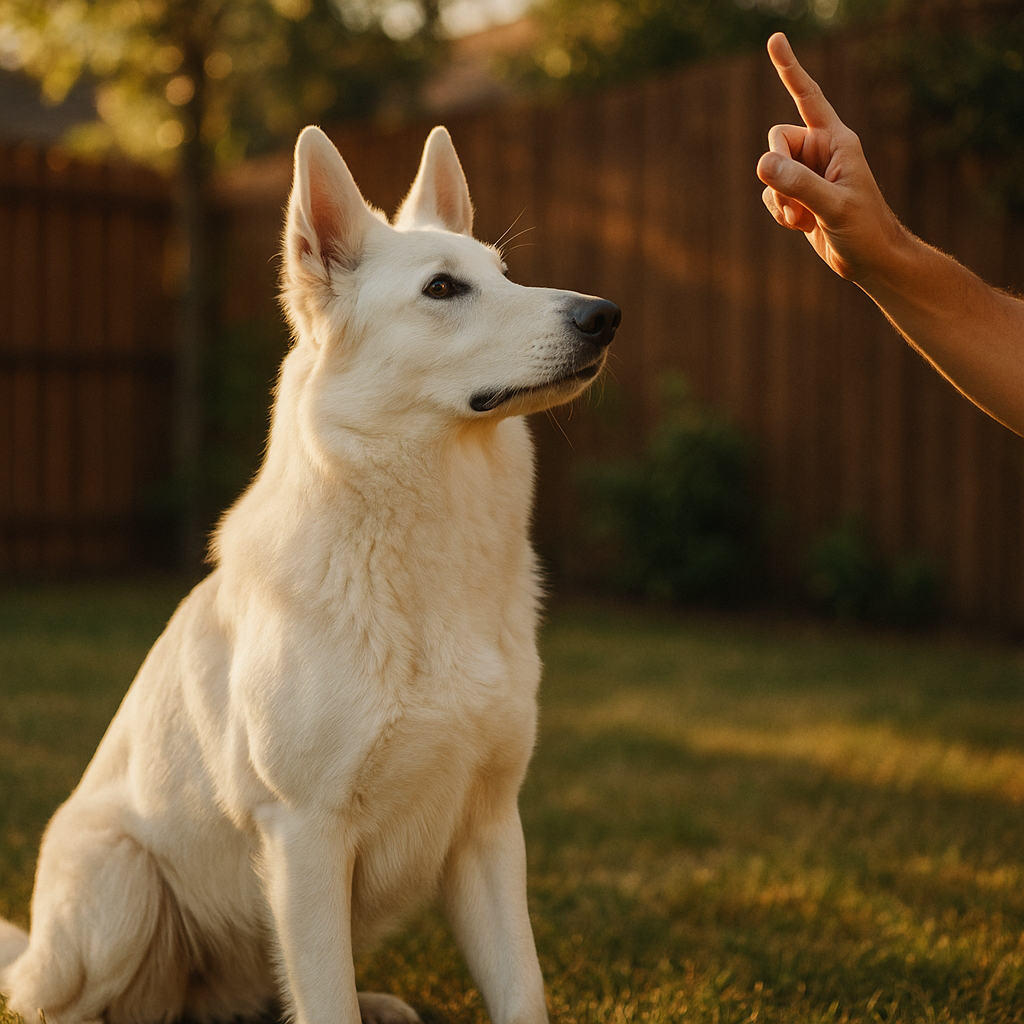
Breed Characteristics
- Intelligence: Quick problem-solving and keen observation.
- Energy: Requires regular exercise to prevent restlessness.
- Bonding: Thrives when included in family activities.
Common Challenges
Without proper guidance, a Swiss Shepherd may develop unwanted behaviors like excessive barking or jumping. Early socialization and firm boundaries are essential to channel their enthusiasm into positive habits.
10 Tips to Strengthen Obedience
The following strategies combine structure, rewards, and communication to maximize learning. Adapt each tip to your dog’s personality and progress at a steady pace.
1. Establish a Clear Routine
Consistency builds confidence. Feed, walk, and train your Swiss Shepherd at similar times each day. A predictable schedule reduces anxiety and reinforces the idea that learning is part of daily life.
2. Use Positive Reinforcement
Reward desired behaviors with treats, praise, or play. Swiss Shepherds respond vigorously to immediate feedback. A high-value treat after a correct command cements the connection between action and reward.
3. Introduce Clicker Training
A clicker precisely marks the exact moment your dog performs the desired action. Pair the click sound with a treat to create a reliable cue. Over time, the click alone tells your dog, “That’s right.”
4. Practice Short, Frequent Sessions
Mind fatigue can stall progress. Aim for 5–10 minute sessions, two to three times a day. This keeps your Swiss Shepherd engaged and eager to return for more.
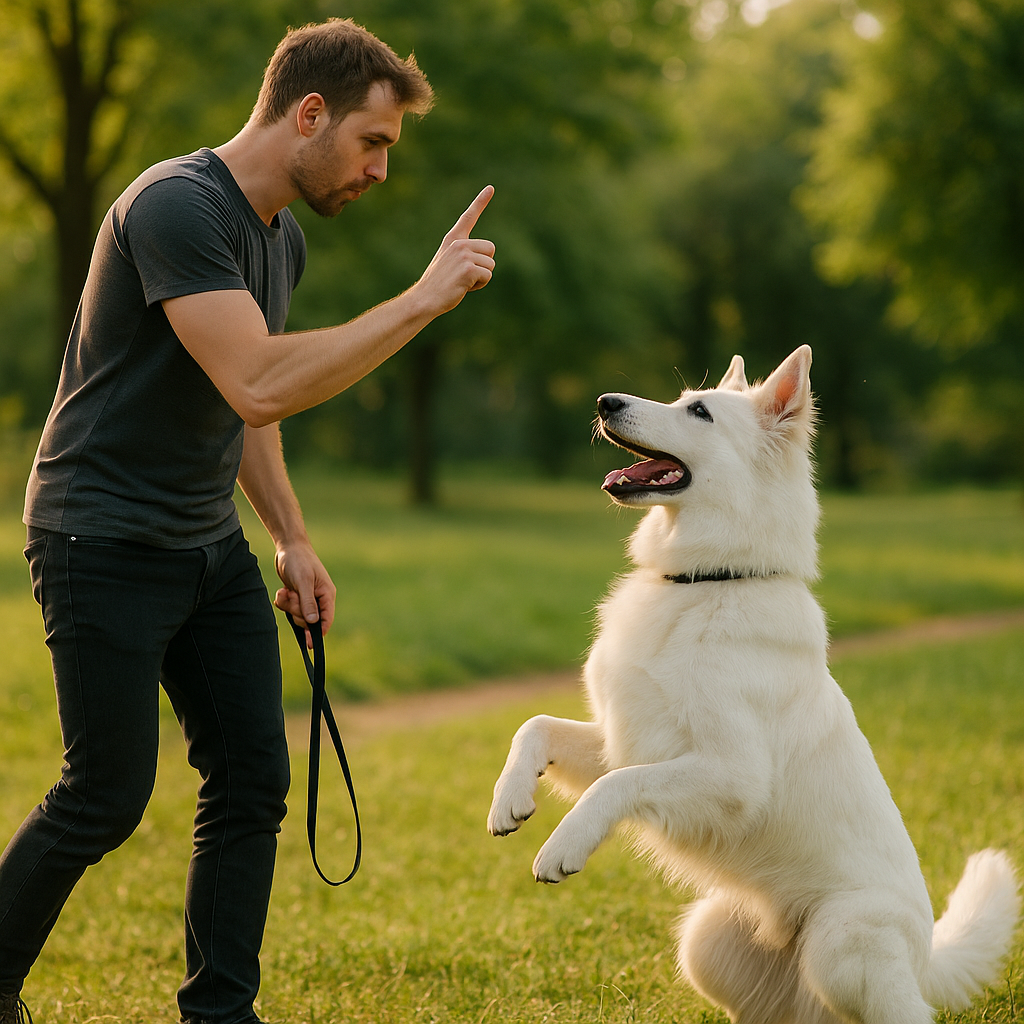
5. Build Solid Recall Skills
Start recall training in a low-distraction area. Use a long line if needed. Call your dog with an upbeat tone, reward immediately on arrival, and gradually increase difficulty by adding distance and background noise.
6. Teach Impulse Control
Impulse exercises like “wait” at doors or “leave it” for dropped items sharpen self-control. Swiss Shepherds enjoy mental puzzles, so incorporating impulse games into walks keeps them mentally stimulated.
7. Incorporate Leash Work
A well-behaved leash walker feels safer and more relaxed. Practice “heel” in quiet spaces, rewarding small improvements. Gradually introduce busier environments to generalize the behavior.
8. Socialize Strategically
Expose your Swiss Shepherd to people, places, and other dogs in a controlled manner. Positive first experiences prevent fear or overexcitement. Carry treats to reinforce calm behavior around new stimuli.
9. Engage in Mental Enrichment
Puzzle feeders, scent games, and obedience challenges satisfy the breed’s intellectual needs. A mentally tired dog is less likely to exhibit destructive behaviors.
10. Maintain Leadership Balance
Provide guidance without dominance. Establish rules—such as waiting for permission before meals—while offering affection and trust. A balanced approach strengthens the bond and respect between you.
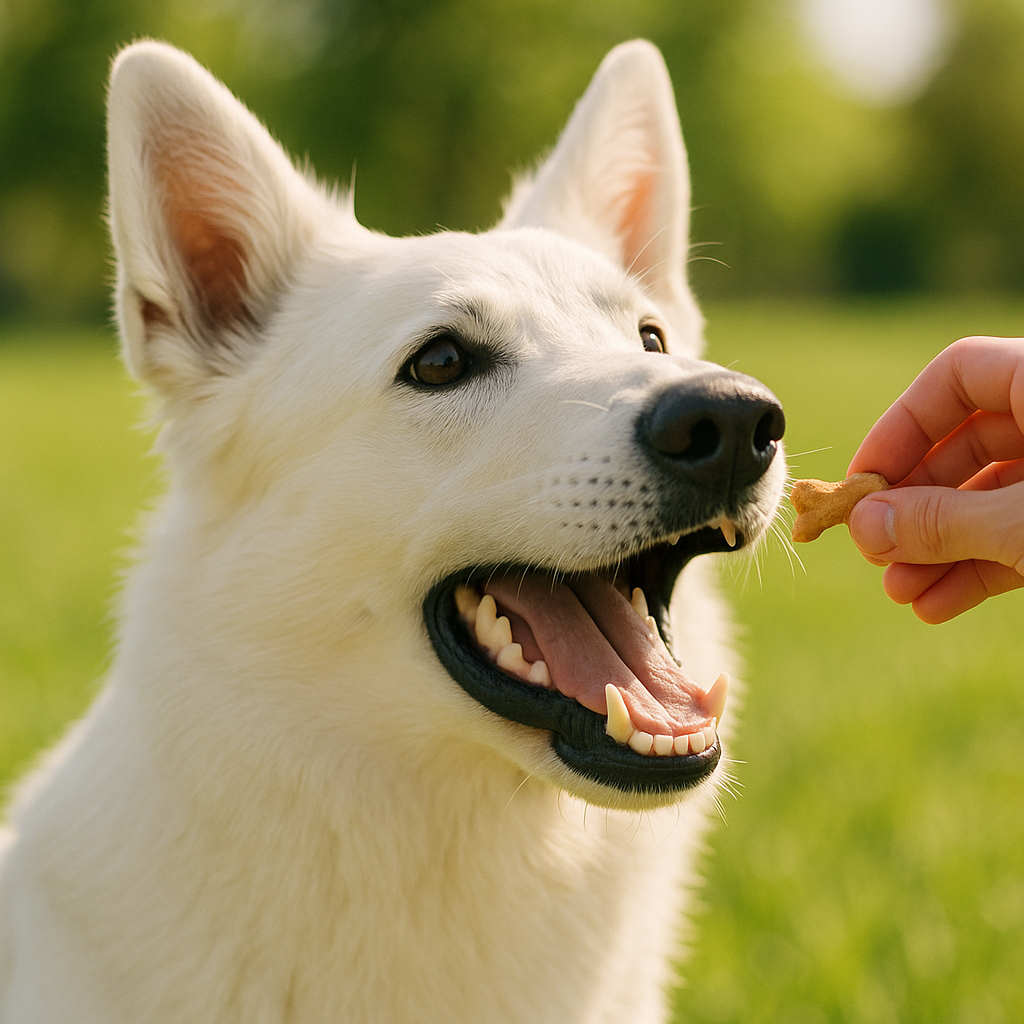
L’essentiel
- Consistency and structure anchor your training program.
- Positive reinforcement accelerates learning.
- Mental challenges prevent boredom and unwanted habits.
- Gradual exposure builds confidence in real-world settings.
FAQ
- How soon can I start training my Swiss Shepherd puppy?
- Begin basic commands at 8–10 weeks, focusing on short, fun sessions to build positive associations.
- What type of treats work best?
- Small, soft treats with a strong aroma—like freeze-dried liver—grab attention and reward quickly.
- Is crate training necessary?
- Crate training offers a safe space and aids housebreaking, but it should never be used as punishment.
- How do I correct unwanted behaviors?
- Redirect with an alternative behavior and reward compliance. Avoid harsh corrections that can damage trust.
- Can older Swiss Shepherds learn new tricks?
- Absolutely. Their intelligence stays sharp; patience and consistent practice yield great results at any age.
